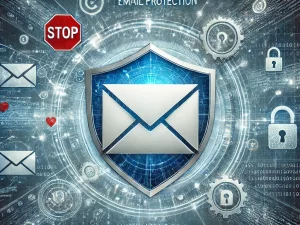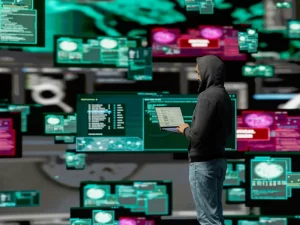In today’s digital workplace, security is no longer just about stopping hackers; it is also about controlling how information is viewed, shared, and recorded. One of the most overlooked risks in cybersecurity is the visual layer: screenshots, screen recordings, and unauthorized captures that expose confidential data without triggering a traditional security alert.
That is where Screen Capture Prevention & Watermarking come in. These two techniques work together to prevent data leaks from insider threats, careless employees, or malicious actors trying to exfiltrate sensitive information through images rather than files.
With hybrid work environments, virtual desktops, and remote collaboration tools becoming standard, the need to secure what’s seen on screen has never been greater. Let’s explore how screen capture prevention works, why watermarking is essential, and where organizations apply these protections in real-world scenarios.
What Is Screen Capture Prevention & Watermarking?
Screen capture prevention is a security measure that blocks or limits the ability to take screenshots or record sensitive content displayed on a screen. This protects against both malicious insiders and unintentional leaks caused by accidental sharing.
Watermarking, on the other hand, embeds visible identifiers, such as usernames, timestamps, or IP addresses, onto sensitive documents or applications while they are viewed. Watermarks act as deterrents, reminding users that any screenshot or shared image will reveal the source of the leak. These techniques help close security gaps that traditional data protection tools often lack. These controls provide:
- Active protection: Blocking common screenshot methods (Print Screen, snipping tools, third-party apps).
- Passive deterrence: Displaying watermarks to discourage sharing or capturing sensitive data.
- Forensic traceability: Identifying the source of a leak if a screenshot does get out.
Why Screen Capture Prevention Matters in Modern Security
Most cybersecurity tools focus on digital file transfers or network intrusions. But screen captures bypass these controls because no file movement occurs; only images of data being viewed. Without screen capture prevention & watermarking, insider threats or careless employees can quickly leak screenshots via messaging apps, social media, or personal devices, often undetected. This creates significant risk, especially for sensitive operations such as:
- View confidential financial data on a trading platform.
- Accessing patient records in healthcare portals.
- Reviewing unreleased intellectual property in design or engineering tools.
- Participating in executive meetings with shared slides containing strategic plans.
How to Implement Screen Capture Protection Effectively
Adding screen capture prevention & watermarking to your security strategy requires thoughtful implementation. It is not just about technology but about user awareness, compliance, and workflow integration. By embedding these protections into daily operations, organizations reduce insider risk without disrupting productivity. Which practices include:
- Use Application-Level Controls: Apply screen capture restrictions directly to sensitive apps, not to the entire device.
- Dynamic Watermarking: Display usernames, dates, and session IDs in real time to personalize accountability.
- Remote Desktop Integration: Protect data in VDI environments where endpoints may not be trusted.
- Educate Employees: Make users aware that screen security is monitored, which increases deterrence.
- Balance Usability: Allow legitimate use cases (such as approved screen sharing) with proper monitoring.
- Forensic Logging: Record capture attempts for security audits and incident response.
Final Thought
In a world where screenshots can become the next data breach, Screen Capture Prevention & Watermarking are no longer optional. These controls help secure the last mile of data protection; what is displayed on the screen, regardless of how secure the system or file is.
At Terrabyte, we help businesses implement comprehensive visual security measures that align with their workflows and regulatory needs. Whether you’re protecting trade secrets, personal data, or corporate strategies, we can guide you in building a secure viewing environment that closes this often-overlooked gap.
Contact Terrabyte today about securing your sensitive data, on screen, in motion, and at rest.




